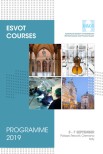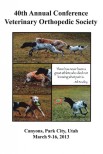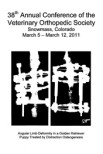Objective
To describe indwelling cephalic or saphenous vein catheter use for intravenous regional limb perfusion (ID-IV-RLP) to treat horses with synovial injury (contamination/infection) of the distal aspect of the limb.
Study Design
Retrospective case series.
Animals
Horses (n = 44; 45 limbs) treated with proximal ID-IV-RLP.
Methods
Horses had ID-IV-RLP using a cephalic (21 limbs) or saphenous (24 limbs) vein. Amikacin was the most frequently used antibiotic. Number of perfusions ranged from 3 to 21 (median 7). A cast was applied to 14 injured limbs (1 tube cast, 1 full-limb cast, 2 foot casts, and 10 half-limb casts).
Results
Synovial sepsis of the distal portion of 87% of limbs (39) resolved, and 61% of horses returned to soundness. Catheter-related complications occurred in 27% of the limbs but were not significantly associated with outcome. Presence of osteomyelitis was significantly associated with a poor outcome.
Conclusions
ID-IV-RLP using the cephalic or saphenous vein is an alternative to traditional RLP. An indwelling catheter provided prolonged venous access and facilitated successive perfusions.









